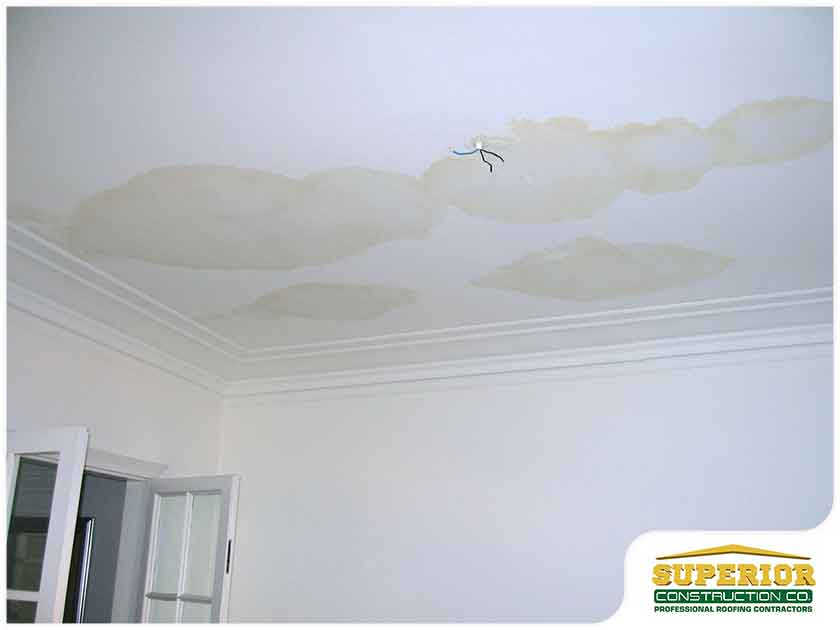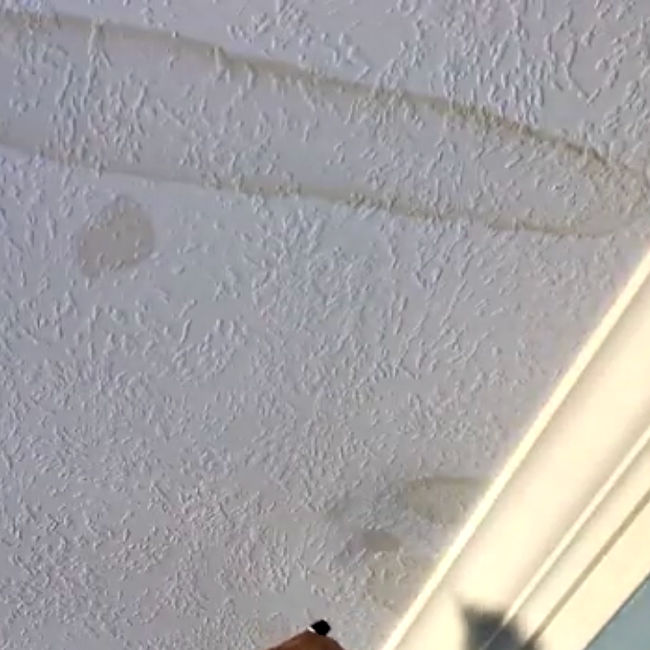Effective Inspection and Repairs for Water Stains on Walls
Effective Inspection and Repairs for Water Stains on Walls
Blog Article
We have noticed the article on Indicators of Water Damage Behind Walls listed below on the internet and believe it made sense to talk about it with you on this site.

Water discolorations on wall surfaces are not positive to the eyes. Your house should lack stains on the wall surfaces, roofing, or floorings. That is the perfect state of a residence as well as its structures. Yet, occasionally it seems almost unpreventable to experience water discolorations on walls in houses.
Home owners living in moist regions regularly manage the fear of water stains on walls. That doesn't have to be the instance for you. With exact and all-around details on the reasons for water spots and also prompt repair service procedures, you will always be a step ahead of such incidents. This post assures to be an useful overview for you.
3 Typical Sources Of Water Spots on Wall Surfaces
Unlike common belief, water stains on walls do not always come from bad structure products. There are numerous sources of water stains on walls. These include:
Poor Drainage
This will certainly protect against water from permeating right into the wall surfaces. This web links to extreme dampness that you discover on the walls of your building.
The leading reason of damp walls, in this situation, can be a poor drainage system. It can also result from inadequate monitoring of sewer pipes that run through the building.
Wet
When warm damp air meets with dry cool air, it creates water beads to form on the walls of structures. When there is heavy steam from cooking or showers, this happens in restrooms and cooking areas. The water beads can discolor the surrounding walls in these parts of your residence as well as spread to various other locations.
Damp or condensation influences the roofing system and also walls of structures. When the wall surface is wet, it produces a suitable setting for the growth of fungi and also microorganisms.
Pipeline Leaks
The majority of houses have a network of water pipelines within the walls. It constantly increases the feasibility of such pipelines, as there is little oxygen within the walls.
Yet, a disadvantage to this is that water leakage impacts the wall surfaces of the building and also causes extensive damages. An indicator of damaged pipes is the look of a water tarnish on the wall.
Water Spots on Wall Surface: Repair Tips
Homeowners would typically desire a quick fix when dealing with water spots. Yet, they would soon recognize this is disadvantageous as the water stains repeat. So, right here are a couple of helpful suggestions that will assist you in the fixing of water discolorations on walls:
Pro Tip
A houseplant in your home also raises its moisture. So, if your house is currently damp, you might wish to introduce houseplants with minimal transpiration. An instance of appropriate houseplants is succulents.
Final thought
No one wants to have water stains on wall surfaces in their house, it can occur to the best of us. This article offers you utilize, as you now know how to manage this incident if it does happen.
It is always best to hire expert services to help deal with the problems in your home.
Sometimes it seems virtually inescapable to experience water stains on wall surfaces in houses.
Contrary to preferred belief, water stains on wall surfaces do not constantly stem from bad structure materials. There are numerous causes of water discolorations on walls. The water beads can stain the surrounding wall surfaces in these parts of your residence and spread to various other locations.
Right here are a couple of useful ideas that will assist you in the repair of water spots on wall surfaces:
CHECKING FOR WATER DAMAGE
Water damage can be costly, and it may begin before you even notice the first signs of trouble. Water damage can cause mold and mildew in your walls and floors, which can create an abundance of health concerns for your family. It can also lead to costly repairs of various appliances and general home fixtures. To avoid the pricey consequences of water damage, here are Warner Service s top 5 places you should check:
The walls The easiest place to spot the beginnings of water damage is on the walls and ceilings of your home. If water damage is present, there will most likely be water stains, especially around the windows and doorframes, and/or cracks in the drywall. If a stain looks unusual (discolored to brown, black or gray, raised texture), has a swollen appearance or is soft to the touch, contact a professional immediately. The pipes To avoid water damage, consistently check the pipes in your kitchen (especially the dishwasher and ice maker), bathrooms, laundry room (specifically washing machines) and basement for corrosion, leaks and water stains. Pay special attention to where the pipes connect in your home and the location of caulking around the bathroom fixtures, including toilets, sinks, showers and tubs. Missing or loose caulking and grout could be signs of leaking water. This seepage can also quickly cause mold and rust, so double check your water heater and tank for wet spots on the floor. The floor Water damage is very easy to spot on the floor. Look for any warping or buckling of the material, especially in the basement. If your home has wood flooring, look for bright white or dark stains. If your home has carpeting, keep it dry and clean. A damp carpet that smells of mold could cause water damage and health problems. To avoid this, consider installing floor pans under your appliances to help prevent damages from small, slow and undetected leaks. The basement and attic If your basement or attic smells odd check for mold and mildew around the area, especially the valley where the roof meets. While you are inspecting those areas, check for wall cracks, floor stains, rust and dampness in the insulation. If you live in a colder and/or rainier climate, perform routine checks for water damage from melting snow or ice and rain. The exterior Check the roof for damaged flashing and missing, cracked or curled shingles. There should also be no standing water anywhere outside your home. This could be caused by puddles, leaky rain gutters or hoses, poor drainage, or short gutter spouts. Invest in a sump pump system or water flow monitoring system, and perform routine maintenance on these outdoor appliances to avoid indoor water damage.

We had been made aware of that editorial about from someone on another web address. Are you aware of someone else who is enthusiastic about the niche? Be sure share it. I value reading our article about .
Estimating Report this page